Let’s Settle the Score: iMac vs. MacBook – Deciding the Superior Choice!
Choosing between an iMac and a MacBook can be a daunting task for Apple enthusiasts. Both machines offer sleek designs, powerful performance, and stunning displays, but their unique strengths and weaknesses cater to different needs.
This comprehensive blog post delves deep into the technical specifications of both of these Apple powerhouses, helping you make an informed decision based on your workflow, budget, and portability requirements.
Apple iMac
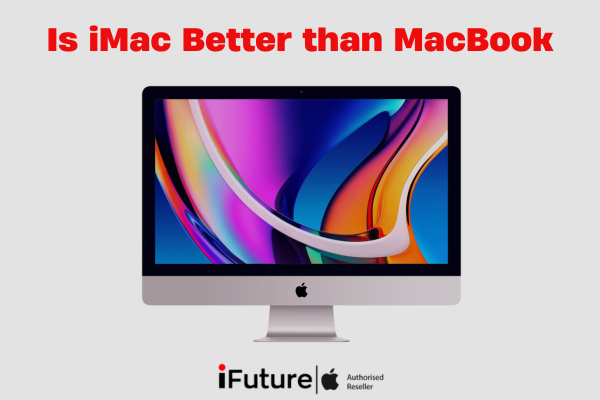
The iMac is the perfect all-in-one desktop computer for creative professionals, designers, and anyone who needs a powerful and stylish machine. It features a stunning 24-inch 4.5K Retina display, powerful M1 or M2 chip, and sleek design.
Apple iMac Models



Apple MacBook
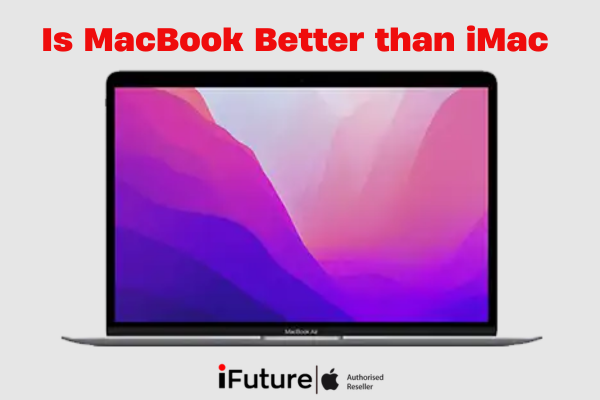
The MacBook is a line of portable laptops from Apple, known for their thin and light design, powerful performance, and long battery life. They come in various sizes and configurations, from the ultra-portable MacBook Air to the powerhouse MacBook Pro. MacBooks are perfect for students, professionals, and anyone who needs a computer for work, school, or on-the-go productivity.
Apple MacBook Pro Models
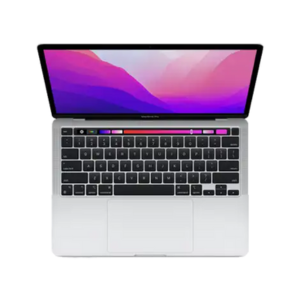
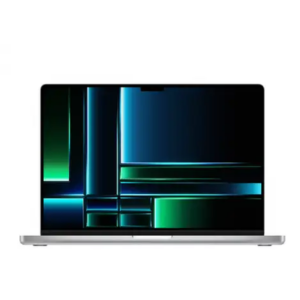
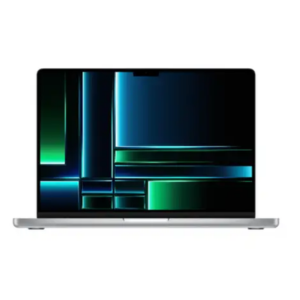

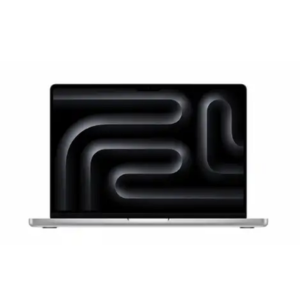
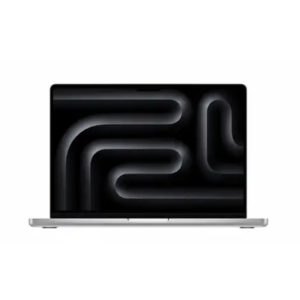
Apple MacBook Air Models


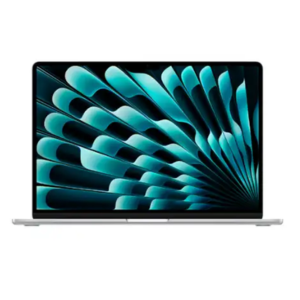
Differences Between iMac and MacBook ( iMac Vs MacBook)
There are several key differences between the iMac and the MacBook that can help you determine which one is right for you. Here are a few key points to consider:
Design and Form Factor:
iMac: The iMac is an all-in-one masterpiece, with a breathtaking 24-inch 4.5K Retina display seamlessly integrated into its sleek body. This setup reigns supreme for dedicated workspaces, offering a clutter-free and aesthetically pleasing experience. But forget about portability—the iMac is firmly rooted to your desk.
MacBook: MacBooks come in a spectrum of sizes and configurations, from the ultra-portable 13-inch MacBook Air to the powerhouse 16-inch MacBook Pro. Their thin and light designs make them the ultimate travel companions, allowing you to seamlessly work from anywhere. However, their smaller screens might not be ideal for intensive creative work or multitasking.
Performance and Processing Power:
iMac: The iMac packs a punch with the M1 and M2 chips, delivering exceptional performance for everyday tasks and demanding creative workflows. The M1 chip with an 8-core CPU and 8-core GPU is a capable workhorse, while the M2 chip with a 10-core CPU and 16-core GPU pushes the boundaries of performance, making it ideal for video editing, 3D rendering, and other intensive tasks.
MacBook: MacBooks offer various chip options depending on the model. The M1 chip is a great choice for everyday tasks and light creative work, while the M2, M2 Pro, and M2 Max chips offer progressively more power for demanding users. For instance, the M2 Max chip with a 12-core CPU and 32-core GPU unleashes raw power for professionals working with massive datasets, complex simulations, and high-resolution video editing.
Apple MacBook also comes with M3 and M3 Pro Chips.
Display and Visual Feast:
iMac: The iMac boasts a gorgeous 24-inch 4.5K Retina display with P3 wide color gamut and 500 nits of brightness. This all-in-one marvel provides an immersive visual experience, perfect for creative professionals and those who crave a desktop powerhouse.
MacBook: MacBooks offer a range of display options depending on the model. The MacBook Air features a 13.3-inch Liquid Retina display with True Tone, while the MacBook Pro comes in either a 14-inch or 16-inch Liquid Retina XDR display with mini-LED technology. These displays offer stunning contrast ratios, HDR support, and incredible brightness, making them ideal for content creators and those who demand the best visuals on the go.
Portability and Mobility:
iMac: The iMac’s all-in-one design is perfect for a dedicated workspace, but its lack of portability makes it unsuitable for those who need to work on the move.
MacBook: MacBooks are designed for on-the-go users, with their thin and light designs making them incredibly portable. You can seamlessly transition between your desk, coffee shop, or anywhere inspiration strikes.
Additional Considerations Between iMac and MacBook:
- Storage and RAM: Both iMac and MacBook offer various storage and RAM configurations to match your needs. Consider how much storage you require for your applications and files, and ensure you have enough RAM for smooth multitasking.
- Ports and Connectivity: The iMac offers a wider range of ports compared to the MacBook Pro. However, both machines support Thunderbolt 4 for high-speed data transfer and external displays. Wi-Fi 6 and Bluetooth ensure seamless wireless connectivity.
- Price: The iMac starts at a lower price point than the MacBook Pro, especially when comparing base models. However, as you upgrade the specifications, the price of the iMac can quickly climb. MacBooks, especially with the M2 Pro and M2 Max chips, come at a premium price point.
The Verdict: Choosing Your Apple Companion
Ultimately, the choice between an iMac and a MacBook boils down to your individual needs and priorities:
- For creative professionals and those who demand a powerful desktop experience with a stunning display, the iMac is the ideal choice. Its all-in-one design and impressive performance
Shop MacBook & Shop iMac Online at iFuture Apple Store.
Also Read : Difference Between iPad and MacBook
FAQs
Choosing between an iMac and a MacBook isn’t just about picking a computer, it’s about choosing a working style! Here’s a breakdown of the key differences between these two Apple powerhouses:
Form Factor and Portability:
iMac: All-in-one desktop computer, stunning but not portable. Perfect for a dedicated workspace.
MacBook: Laptop, thin and light, ideal for on-the-go productivity and flexibility.
Display:
iMac: 24-inch 4.5K Retina display, larger and more immersive, perfect for creative professionals.
MacBook: 13-inch or 16-inch Liquid Retina XDR display, smaller but still excellent, great for everyday use and portability.
Performance:
iMac: Powered by M1 or M2 chips, offers excellent performance for demanding tasks like video editing and 3D rendering. Can be configured with more RAM and storage.
MacBook: Powered by M1, M2, M2 Pro, or M2 Max chips, a range of options for different needs. M2 Pro and M2 Max offer incredible performance for demanding tasks, but at a premium price.
Price:
iMac: Generally starts at a slightly lower price point than MacBooks, especially base models. However, the price can climb quickly as you upgrade specifications.
MacBook: Base models are more affordable than iMacs, but the price can rise significantly with higher-end chips and configurations.
Other Considerations:
iMac: Offers a wider range of ports, ideal for connecting multiple peripherals.
MacBook: More reliant on wireless connections and dongles for external peripherals.
iMac: Larger screen and keyboard provide a more comfortable desktop experience for extended work sessions.
MacBook: Offers split-screen functionality and Touch Bar for multitasking and quick access to tools.
Ultimately, the best choice for you depends on your individual needs and preferences. Consider your workflow, budget, and whether you value portability or a dedicated workspace.
Remember:
iMac: Ideal for creative professionals, those who need a powerful desktop experience, and those who prefer a fixed workspace.
MacBook: Ideal for students, professionals who work on the go, and those who value flexibility and portability.
Whether a MacBook is better than an iMac depends entirely on your needs and preferences! There’s no one-size-fits-all answer. Here’s a breakdown to help you decide:
Choose a MacBook if:
Portability is key: You travel or work on the go often. MacBooks are incredibly thin and light, making them easy to carry around.
You value flexibility: You need to work from various locations. MacBooks let you seamlessly switch between your desk, coffee shop, or anywhere inspiration strikes.
You’re budget-conscious: Base models of MacBooks generally start at a lower price point than iMacs.
Choose an iMac if:
You crave a dedicated workspace: You have a fixed work area and prefer a clutter-free setup. The iMac’s all-in-one design offers a sleek and elegant experience.
You demand a stunning visual experience: You work with demanding creative tasks like photo editing or video rendering. The iMac’s larger 4.5K Retina display provides superior detail and immersion.
You appreciate powerful performance: You need a powerhouse for resource-intensive tasks like 3D modeling or complex simulations. iMacs offer higher RAM and storage configurations than most MacBooks.
Ultimately, the best choice comes down to your individual needs and workflow. Consider your priorities in terms of portability, budget, performance, and display requirements. By weighing these factors, you’ll be able to confidently choose the Apple device that best suits your unique style.
And remember, you can always explore both options at an Apple Store to get a firsthand experience!
Both iMac and MacBook Pro offer stunning visuals, but cater to different preferences:
iMac: Boasts a gorgeous 24-inch 4.5K Retina display with P3 wide color gamut, ideal for detailed photo and video editing on a larger canvas.
MacBook Pro: Features a 14-inch or 16-inch Liquid Retina XDR display with mini-LED technology, offering incredible contrast and brightness for mobile editing on the go.
Both the iMac and MacBook Pro with advanced chips excel at multitasking. However, consider:
iMac: Larger screen provides better overview and organization for juggling multiple tasks simultaneously.
MacBook Pro: Offers split-screen functionality and the flexibility to work from anywhere, making it ideal for on-the-go productivity.
The iMac generally starts at a slightly lower price point than the MacBook, especially when comparing base models. However, as you upgrade specifications, the iMac’s price can climb quickly.